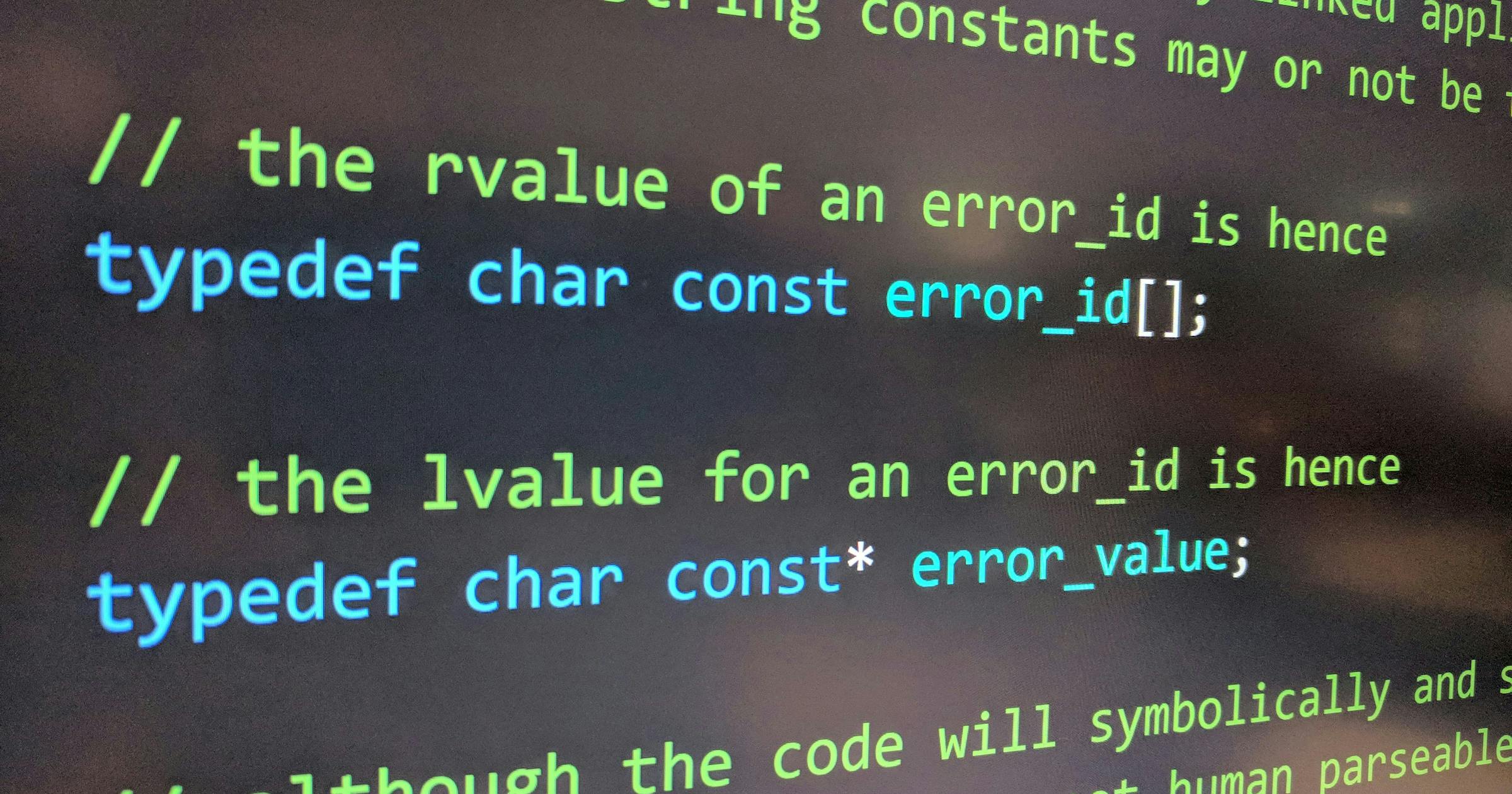Vibe-based recruitment is a thing of the past.
We’re in the data era.
There’s no place for bluff and bluster anymore. Because, as onboarding expert Patrícia Barroca puts it, you can use a big, fat shield called data to protect yourself.
But data analytics in recruitment isn’t just for clout. There’s a clear business benefit.
It makes recruiting more predictable. It helps you benchmark. And it can improve hiring success overall.
McKinsey tells the tale of a US federal agency that increased its hiring rate 30% by establishing a data-driven “talent win room”.
This article will give you the info you need to create and implement your own data-driven recruitment strategies.
Table of Contents
- What is meant by data-driven recruitment?
- How to Implement Data-Driven Recruitment Strategies
- Examples of Data-Driven Recruitment Strategies in Action
- The data says data’s here to stay
What is meant by data-driven recruitment?
What is data-driven recruiting, exactly, and why should we care?
It’s the practice of using measurable insights – data – to inform and improve hiring decisions.
Data derives from sources like applicant tracking systems (ATS), hiring funnel metrics, and workforce analytics.
Recruiters track key metrics (like time to hire, candidate source, or applicant drop-off points), analyse patterns across stages, and adjust their sourcing strategies or processes based on what the data reveals.
Imagine a company struggling to hire salespeople.
They’re not sure why. So they look at their ATS.The data shows interview requests are sent about two months after CVs are received. By then, most applicants have new jobs elsewhere.
So they decide to review résumés and send interview invites weekly.
As a result, recruitment is more successful due to data-driven hiring.
The benefits of data-driven talent acquisition are that it helps recruiters move beyond intuition. Patrícia puts it nicely again:
“If you can’t measure it, you can’t manage it.”
You replace guesswork with hard evidence, which helps optimise speed, quality, fairness, and overall effectiveness.
Don’t believe me? Luckily, we have the data to back it up. Very meta.
Companies using advanced data in talent acquisition are 2X more likely to improve hiring performance and 3X more likely to lower recruitment costs.
Key Components of a Data-Driven Recruitment Strategy
How do you know if what you’re doing is data-driven recruitment (or not)?
Ask yourself, do your processes comprise these activities?
- Setting measurable recruitment goals
To drive strategy, you need to know what you want to achieve, what outcome you want to see. “To recruit better” won’t cut it, sadly. If you intend to reduce your average time-to-hire, from what to what? Improve offer acceptance rates? To what percent? And why? What impact will it have on your business? Establishing these goals ensures your efforts are aligned with broader business outcomes and gives you something to meaningfully evaluate.
- Identifying key performance indicators (KPIs)
If you’re going to measure stuff to collect data, you need to know what and why. Defining relevant KPIs – like cost-per-hire, candidate source, or conversion rates – enables you to track performance, identify bottlenecks, and make evidence-based improvements.
- Using applicant tracking systems (ATS) and analytics tools
It’s staggeringly difficult and time-consuming to try to capture all this data by yourself. Using an ATS or integrated analytics platform means you can automatically collect and interpret data across the hiring funnel.
- Using candidate feedback to refine processes
Not all data will be captured as a byproduct of your standard recruitment operations. Some you’ll have to find yourself. Make collecting and analysing feedback from applicants a part of your process – this one’s frequently overlooked and it’s such a rich source of data. Ask about issues like their application experience and your communication. It’ll help you identify friction points and improve the candidate journey.
How to Implement Data-Driven Recruitment Strategies
Now we know what data-driven hiring is, and what it entails. How do you go from nothing to putting it in place? How do you use data to inform your recruiting strategy?
Naturally, there’s no one-size-fits-all set of tactics. Hiring a CEO is different from hiring a janitor (not that they’re any less important, if anyone asks), and the data – and therefore the strategy – will reflect that.
Still, using the components from the last section, here are some general, all-purpose steps you can take. You just need to tweak them to make them work for you.
- Define your goals and metrics
What does “success” look like in your hiring process? Reducing time-to-hire? Increasing offers accepted? Fewer drop-outs? When you’ve established what it is you want to see, figure out what the data for that will look like. For example, if quality of hire is your goal, you could measure post-hire performance scores or retention rates.
- Choose the right tools
Implement recruitment tech that aligns with your goals. Which ATS offers robust reporting features or an analytics dashboard that best integrates with your HR system?
- Collect the data
Arguably the most obvious step. Ensure your tools are capturing data at each relevant stage of your funnel. Gather it in a way that’s universally visible, interpretable, and actionable – this gives you evidence to back up your subsequent decisions.
- Make data-informed hiring decisions
Set yourself regular review processes to interpret trends, rather than being reactive. Then use the insights from your metrics to guide your hiring practices. That could mean reallocating your sourcing budget to high-performing channels (or trying to fix your lower-performing ones) or adjusting your interview formats based on candidate feedback.
- Monitor and refine strategies
Being data-driven isn’t a one-and-done exercise. It’s about continuous improvement. Besides, as you grow as a company, your team structure and needs will change. Build a habit of reviewing KPIs systematically to spot what’s working, or not. If, after making changes, your time-to-hire starts creeping up again, you might recheck the data to uncover new delays or bottlenecks.
Examples of Data-Driven Recruitment Strategies in Action
Story time. And it’s a true one, too.
There once was an SME looking for new developers for its growing platform.
Despite spending a long time looking, they struggled to find suitable candidates.
Eventually, they outsourced the vacancies to a third party who specialised in data-driven remote developer recruitment.
They gathered data on the SME’s (and their own) processes. Used that data to spot what was going wrong. Identified the issues with the developers' CVs. Used different sourcing methods, including their own library of pre-vetted candidates.
In the end, they were able to refer multiple suitable candidates for these – and future – positions. The SME hired them, helping the company expand.
And they all lived happily ever after.
How do we know all this?
Well, it was us. We’re the hero in the SME’s data-driven recruitment success story.
But if that’s a little too biased for you, there’s the story of McKinsey helping an unnamed fast-food chain.3 The recruitment issues they faced were around hiring the wrong people, which affected customer satisfaction. So improving quality of hire was the goal.
McKinsey looked at thousands of data points in the candidate assessment process, and measured them more thoroughly, using tools like psychometric personality tests and behavioural profiling.
They used this info to make more informed hiring decisions. As a result, customer satisfaction scores shot up and service speed improved by 30 seconds per order.
Sure, this one’s not software developers, but you can extrapolate.
The data says data’s here to stay
It’s hardly controversial to suggest using data can improve your recruiting processes.
What’s trickier is actually doing it, especially from scratch.
Even if data-driven recruitment’s demonstrably better, it’s got to justify your return on investment, both in terms of time and money. ATS can be costly, and take time to implement, integrate, and train employees on. Continuous improvement takes labour and discipline.
If you feel it might be a stretch, you can consider reaching out to third parties who specialise in data-driven recruitment. Like us at Remote Crew.
That way, you get all the benefits of data-driven hiring with a fraction of the effort.
And the best part is, there’s no bluff or bluster.
We’ve got the data to back it up.
Tech hiring insights in your inbox
From engineers to engineers: helping founders and engineering leaders hire technical talent.
We will only ever send you relevant content. Unsubscribe anytime.







